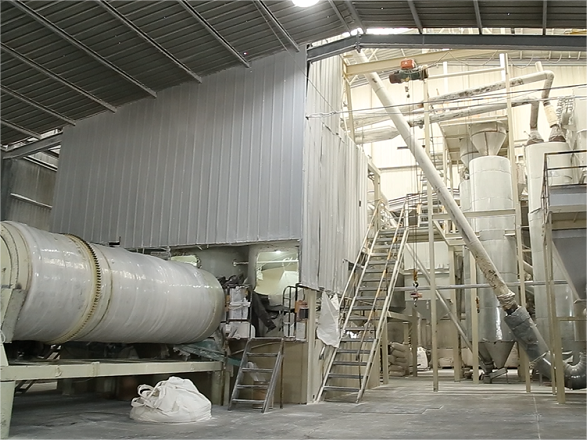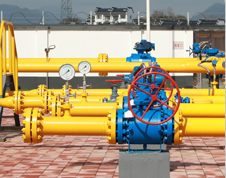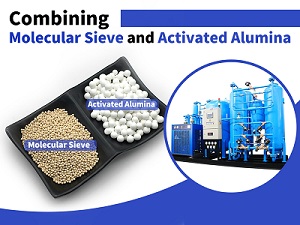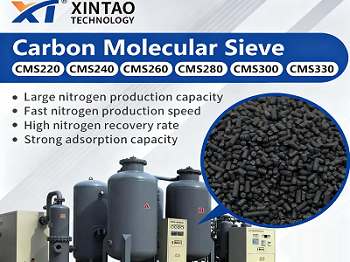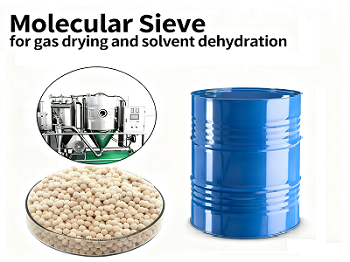Table of Contents
ToggleAdvantages Of Activated Alumina as Catalyst Carrier
Activated alumina has porous, high ratio surface and good adsorption. By changing the preparation conditions, it can be made of different holes and comparison products. Due to its imperfect crystal structure, the hole structure can be adjusted, and it is the most widely used in the field of activated alumina as catalyst carrier.
Principle Of Activated Alumina as Catalyst Carrier
Alumina catalyst has very obvious adsorbent characteristics and can activate many keys. Therefore, in the chemical reaction system, it can be used directly as a catalyst carrier. Because the surface of the γ aluminum aluminum has an acid center and alkaline center at the same time, the activated alumina itself is an excellent catalyst.
The pore structure of the catalyst has a very important impact on the reaction performance of the catalyst. The activity of multi -phase catalysts, selectivity and thermal stability not only depends on the inherent catalytic characteristics of the active component, but also related to the pore structure of the catalyst carrier.
The main indicators of the active aluminum oxide activity characteristics are hole capacity and the surface area. When these two parameters are high, they are generally considered high activity.
With the in -depth study of the mechanism of catalysts, people realize that it is not the total hole Rong that affects the catalytic response performance, but its pore distribution, which is the effective hole capacity. The catalytic reaction is generally performed on the surface of the catalyst, and the dispersion of the catalyst activity component is closely related to the catalytic activity and the surface area. The sum of all fine pore volume of the unit quality catalyst is the so -called hole capacity, and the hole capacity affects the stability and life of the catalyst. The diffusion speed of the reactant and product during the chemical reaction process is affected by the pore type and size of the aperture, and the pore type and size of the aperture can also affect the selectivity and catalytic activity of the catalyst.
The hole structure of activated alumina can be adjusted in many ways, such as selecting appropriate raw materials, adding different perforated agents, and changing the preparation process. As a catalyst carrier, the activated alumina, the front -drive body is mainly used as a thin water aluminum stone, and it is a crystal phase formed in the process of synthetic aluminum hydroxide. Crystal crystal is its typical crystal type. It is integrated with a thin water aluminum and heating. It is relatively good in water and thermal stability. It is a good front -drive body for preparing γoxyox.
Because the high temperature of activated alumina will be transformed into a stable alumina, its density increases, the surface area is reduced, and the pore structure is damaged, which will lose activity.
In order to solve this problem, in -depth research on the alumina modification of alumina. The main methods are to change the preparation method, add additives, and select the appropriate front -drive body. Changing the preparation method can control the structure and form of alumina particles, reduce the loss of the surface area, and then improve the thermal stability of alumina. , Burning agent, structural stabilizer, etc., so as to make large -pore high -active alumina.
Activated Alumina
Consult Xintao activated alumina catalyst
